Periodontitis is a severe gum infection that can damage soft tissue and destroy the bone supporting your teeth. Without timely treatment, it can lead to tooth loss and has been linked to broader health problems such as cardiovascular disease, diabetes, and respiratory issues. This comprehensive guide explores the causes, symptoms, treatment options, and preventive measures for periodontitis, offering a detailed roadmap to effectively managing this condition.
Chapter 1: Understanding Periodontitis
1.1 What is Periodontitis?
Periodontitis is a chronic inflammatory disease caused by bacterial infection in the gums. It starts as gingivitis, a milder gum inflammation, and progresses to a more serious condition that affects the supporting structures of the teeth, including the periodontal ligament and alveolar bone.
1.2 Types of Periodontitis
1. Chronic Periodontitis
• Most common form.
• Characterized by slow progression, primarily in adults.
2. Aggressive Periodontitis
• Rapid loss of bone and soft tissue attachment.
• Occurs in younger individuals and often linked to genetic factors.
3. Necrotizing Periodontal Disease
• Severe form associated with tissue necrosis.
• Linked to immune deficiencies, malnutrition, or extreme stress.
Chapter 2: Causes and Risk Factors
2.1 Causes
1. Bacterial Plaque Accumulation:
• Plaque, a sticky biofilm of bacteria, builds up on teeth and hardens into tartar.
• Bacteria release toxins that irritate gum tissue, leading to inflammation.
2. Immune Response:
• The body’s inflammatory response to bacteria contributes to gum and bone damage.
3. Poor Oral Hygiene:
• Inadequate brushing and flossing allow plaque to build up unchecked.
2.2 Risk Factors
1. Smoking:
• Inhibits gum healing and increases susceptibility to infection.
2. Systemic Conditions:
• Diabetes, heart disease, and osteoporosis are linked to higher risks.
3. Genetics:
• A family history of gum disease can increase vulnerability.
4. Stress:
• Impacts immune response, making it harder to fight infections.
5. Medications:
• Certain drugs cause dry mouth, reducing saliva and increasing plaque.

Chapter 3: Symptoms of Periodontitis
3.1 Early Symptoms
• Swollen, tender, or bleeding gums.
• Persistent bad breath.
• Gum recession, making teeth appear longer.
3.2 Advanced Symptoms
• Formation of deep pockets between gums and teeth.
• Loose or shifting teeth.
• Painful chewing.
• Visible pus between teeth and gums.
Chapter 4: Diagnosis of Periodontitis
4.1 Clinical Examination
Dentists assess gum health, looking for swelling, bleeding, and pocket depth around teeth using a periodontal probe.
4.2 Imaging Tools
• Dental X-rays: Reveal bone loss.
• 3D Imaging: Provides detailed visualization of gum and bone health.
4.3 Laboratory Testing
• Microbial analysis of plaque samples to identify bacteria.
• Biomarkers in saliva to detect inflammation.
Chapter 5: Treatment of Periodontitis
5.1 Non-Surgical Treatments
5.1.1 Scaling and Root Planing (Deep Cleaning)
• Removes plaque and tartar from above and below the gumline.
• Smooths root surfaces to discourage bacteria from reattaching.
5.1.2 Antibiotics
• Topical: Delivered directly into gum pockets.
• Systemic: Oral antibiotics for widespread infection.
5.1.3 Laser Therapy
• Minimally invasive; removes infected tissue and bacteria.
• Promotes faster healing compared to traditional methods.
5.2 Surgical Treatments
5.2.1 Flap Surgery
• Gums are lifted back to allow deep cleaning.
• Sutured into place to reduce pocket depth.
5.2.2 Bone Grafts
• Rebuilds lost bone using graft material (autogenous, synthetic, or animal-derived).
• Encourages bone regeneration.
5.2.3 Tissue Grafts
• Harvests tissue (often from the roof of the mouth) to restore receding gums.
5.2.4 Guided Tissue Regeneration
• Places a membrane to separate gum tissue and bone.
• Encourages regrowth of periodontal structures.
5.3 Adjunctive Therapies
5.3.1 Host Modulation Therapy
• Uses medications to limit destructive inflammation.
5.3.2 Antimicrobial Mouthwashes
• Chlorhexidine-based rinses reduce bacterial levels.
5.3.3 PerioProtect Trays
• Customized trays deliver medication into gum pockets.
Chapter 6: Recovery and Aftercare
6.1 Post-Treatment Care
• Brush gently with a soft-bristled toothbrush.
• Use prescribed rinses to prevent infection.
• Avoid smoking and alcohol, which impede healing.
6.2 Long-Term Maintenance
• Schedule professional cleanings every 3-4 months.
• Continue meticulous oral hygiene practices.
Chapter 7: Prevention of Periodontitis
7.1 Daily Oral Hygiene
1. Brush teeth twice daily with fluoride toothpaste.
2. Floss daily to remove plaque between teeth.
3. Use antimicrobial mouthwash to control bacteria.
7.2 Lifestyle Adjustments
• Quit smoking.
• Maintain a balanced diet rich in vitamins C and D.
• Stay hydrated to promote saliva production.
7.3 Regular Dental Visits
• Early detection through routine check-ups can prevent progression.
Chapter 8: Periodontitis and Overall Health
8.1 Links to Systemic Diseases
1. Cardiovascular Disease:
• Inflammation from periodontitis contributes to arterial plaque buildup.
2. Diabetes:
• Periodontitis exacerbates blood sugar levels, complicating diabetes management.
3. Pregnancy Complications:
• Associated with preterm birth and low birth weight.
8.2 Impact on Mental Health
• Chronic periodontitis can affect self-esteem and quality of life.
Chapter 9: Advances in Periodontal Treatment
9.1 Regenerative Medicine
• Stem cell research aims to regenerate gum and bone tissue.
9.2 Genetic Testing
• Identifies individuals predisposed to periodontitis, enabling personalized care.
9.3 Artificial Intelligence (AI)
• AI-assisted diagnostics provide precise assessments of gum health.
Conclusion
Periodontitis is a serious condition that requires prompt and effective treatment. From scaling and root planing to advanced surgical techniques, modern dentistry offers a range of solutions to manage the disease. Prevention remains the best approach, emphasizing daily oral hygiene, healthy lifestyle choices, and regular dental visits.
By understanding the causes, symptoms, and treatment options, individuals can take proactive steps to protect their oral health, ensuring a lifetime of strong, healthy teeth and gums. A commitment to dental care not only prevents periodontitis but also supports overall well-being, illustrating the intrinsic connection between oral and systemic health.


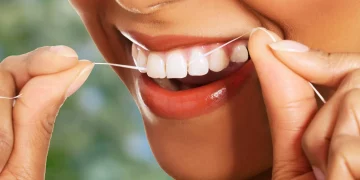



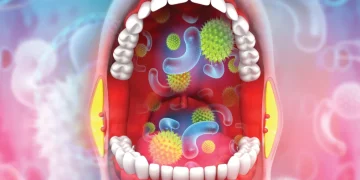
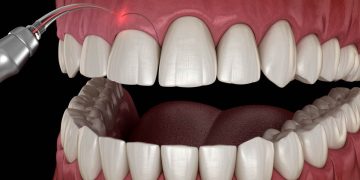
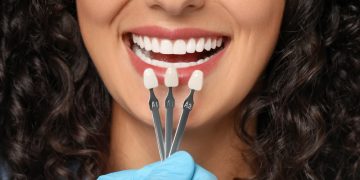
















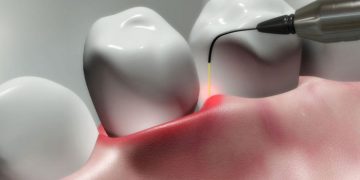


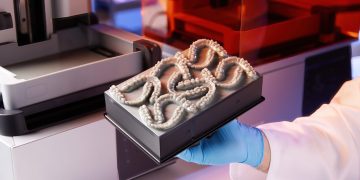


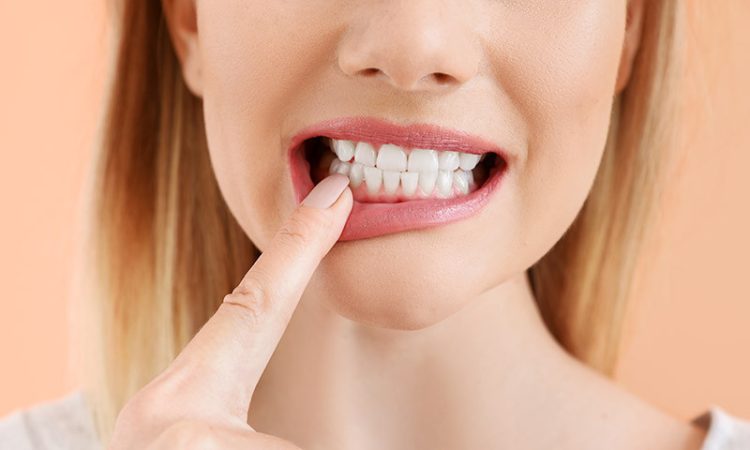













Discussion about this post